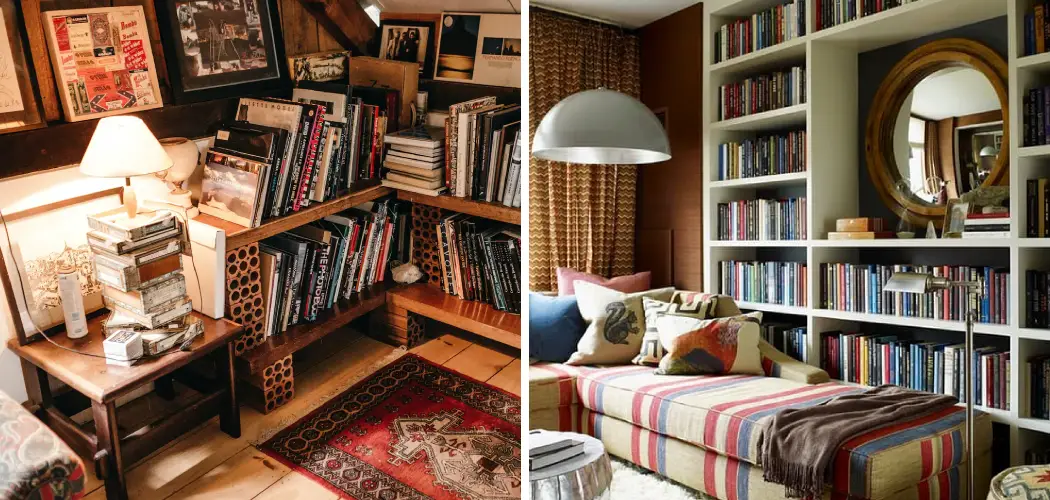Are you a reader who loves curling up in the corner of your home library and getting lost in another world? Then why not create your very own library right in your basement? Building a small basement library is an excellent way to turn spare space into something both practical and enjoyable.
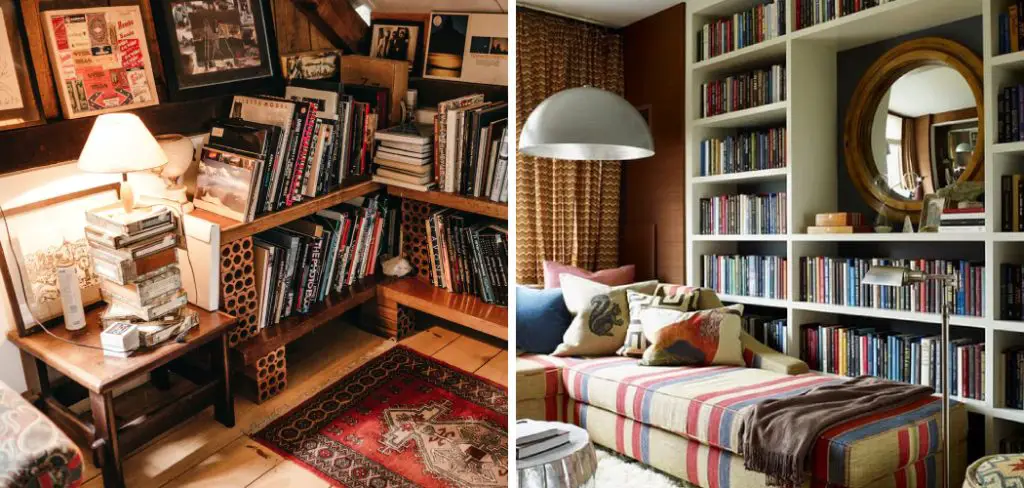
Not only will it help spruce up the décor of any home, but it also allows you to organize all of your favorite books at one convenient location. Read this article on how to create a small basement library for some tips and tricks on how to build the perfect basement library that will suit whatever needs or style you have.
Needed Materials
Given below is a list of the materials that will be required in order to build your basement library. Make sure to get all of these items before starting on this project:
- Shelves or bookcases
- Measuring tape
- Leveling tools (spirit level)
- Hammer and nails
- Stud finder
- Drill and drill bits
- Painting or wallpapering supplies (optional)
11 Step-by-step Guides on How to Create a Small Basement Library
Step 1: Gather the Necessary Supplies
After you’ve measured the space available for your library, it’s time to gather all of the materials and supplies necessary to build it. Make sure to get everything before beginning this project. This includes:
- Shelves or Bookcases
- Measuring Tape
- Leveling Tools (Spirit Level)
- Hammer and Nails
- Stud Finder
- Drill and Drill Bits
- Painting or Wallpapering Supplies (Optional)
Step 2: Measure the Space
The first step in creating a small basement library is to measure the space you have available for your bookcases. This will help ensure that you don’t end up having bookshelves that are too big or too small for the area. This is also the best time to think about any additional features you may want to add such as lighting or artwork. It is also important to make sure that the area you plan on setting up your library in is free of any moisture or mold.
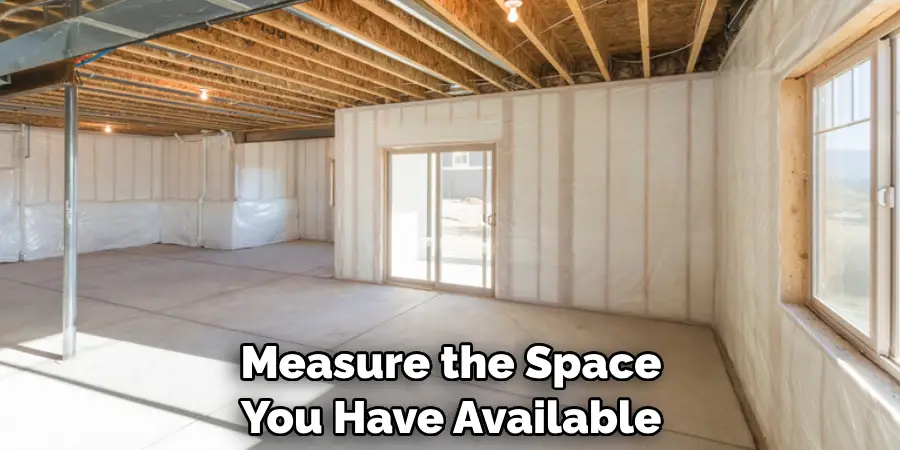
Step 3: Select a Design
Next, it’s time to choose a design for your library. When doing this, consider the type of bookshelves that will best suit the space and the kind of style you are looking for. You can also take this opportunity to decide how many shelves you want and if you would like them to be open or closed units. It is also important to make sure that you have adequate storage space for all of your books.
Step 4: Locate the Studs on the Wall
Once you’ve decided on the design, it’s time to start anchoring your bookcases into the walls. To do this, you’ll need to locate the studs in the wall that will provide the most secure foundation for your shelves. To do this, use a stud finder and mark where they are on the wall. But make sure to double-check your measurements using a level and measuring tape.
Step 5: Attach the Brackets
Now it’s time to start attaching the brackets that will hold your bookcases in place. Using a drill and the appropriate sized bit, screw the brackets into the wall studs. Make sure to use a level to ensure that they are level before securing them with screws. Otherwise, your shelves may be wobbly or uneven.
Step 6: Assemble the Bookcases
Once you’ve attached all of your brackets, it’s time to start assembling your bookcases. It’s best to assemble them on the floor before attaching them to the wall. This will help ensure that everything is secure and steady when it comes time to hang them up. You can use a hammer and nails to attach the backboards of each bookcase.
Step 7: Attach the Bookcases
Now it’s finally time to attach your bookcases to the wall! Use a hammer and nails to attach the bookcases to the brackets. Make sure that everything is level before you secure them in place. But if you’re using a drill, make sure to pre-drill the holes to avoid splitting the wood. This will also help ensure that the shelves feel sturdy and secure.
Step 8: Paint or Wallpaper (Optional)
At this point, you can choose to paint or wallpaper your basement library walls if desired. This will add color and character to the space and help make it stand out from the rest of the room. It’s important to follow the manufacturer’s instructions when applying paint or wallpaper to make sure that you do not damage your walls.
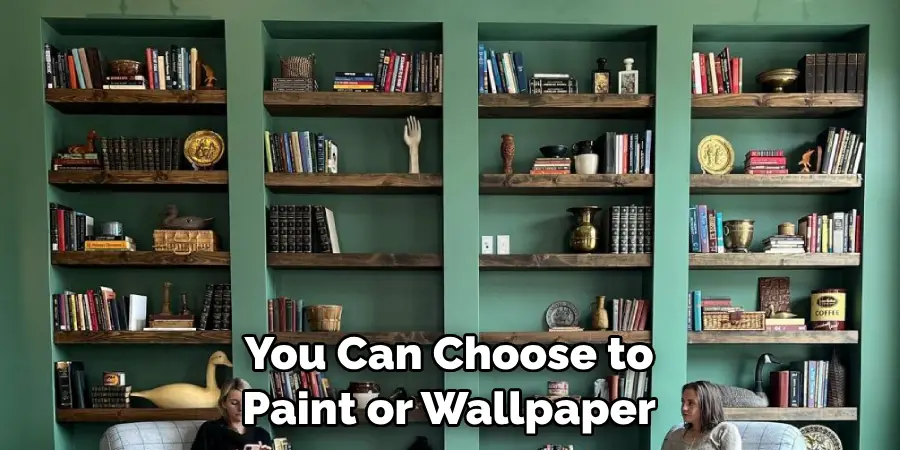
Step 9: Arrange Your Books and Decorations
Now that your shelves are in place, it’s time to start arranging your books and decorations in order to create a comfortable reading area. This is also the best time to organize all of your books into categories or genres for easy access. It’s also a great opportunity to add cozy seating, pillows, and lamps for a warm and inviting atmosphere.
Step 10: Add Lighting
In order to make your basement library more inviting, it’s a good idea to add lighting fixtures such as floor lamps or overhead lights. This will provide the perfect atmosphere for your reading nook and will help you find any book you need quickly. But make sure to select lightbulbs with a soft glow in order to avoid any glare when reading.
Step 11: Enjoy Your Library
After all of the hard work is done, it’s time to sit back and enjoy your very own basement library! Put on some relaxing music, grab a book, and get lost in another world. Always remember to keep your library clean and organized for the best reading experience. It’s also a great idea to add pillows and blankets for added comfort.
Whether you want a cozy place to read or an organized area for your favorite books, creating a small basement library is the perfect way to turn any spare space into something truly special. Follow the tips on how to create a small basement library above and you’ll be well on your way to having the perfect basement library in no time at all!
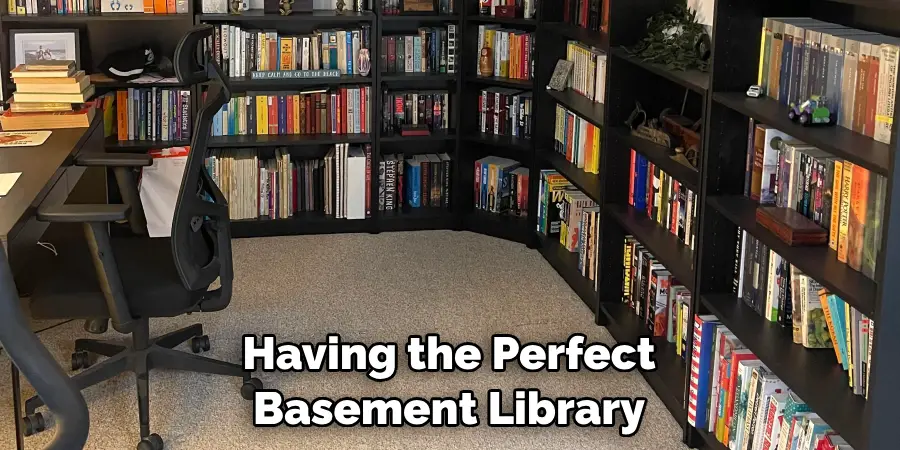
Tips & Tricks
- If Possible, Try to Use Adjustable Shelves for Easier Organization.
- Consider Building a Ladder or Installing Wall Hooks for Easier Access to Books on the Top Shelves.
- Try to Create a Theme or Color Scheme for the Library That You Can Use to Decorate the Walls and Organize Your Books.
- Consider Adding Some Comfortable Seating Such as Bean Bags, Cushions, or Armchairs for Added Comfort.
- Don’t Forget to Add Some Plants or Artwork for a More Inviting Atmosphere.
- Don’t Forget to Add Some Storage Space for Books That You Don’t Want on Display, Such as Magazines or Textbooks.
- Lastly, Make Sure to Keep the Library Clean and Tidy in Order to Maintain a Pleasant Reading Environment.
Creating a small basement library is an excellent way to use spare space in your home. With a bit of planning and the right materials, you can easily turn any room into a cozy reading nook that is perfect for curling up with a good book. Remember to take your time and enjoy the process!
Frequently Asked Questions
Q: How Much Space Do I Need for a Basement Library?
A: The amount of space you need will depend on how many shelves and books you plan to store in the library. When measuring, make sure to leave enough room between the shelves for easy access and browsing through your books.
Q: What Type of Bookcases Should I Use?
A: The type of bookcase you use will depend on the design and style you are looking for. Generally, wooden bookcases are a good choice for libraries as they can hold heavier items and provide more stability than other materials. If space is limited, consider folding or stacking bookcases that allow easy storage and movement when not in use.
Q: How Do I Install the Bookcases?
A: To install bookcases, you’ll need to locate the wall studs and attach the brackets to them. Once they are in place, assemble your bookcases on the floor and then secure them to the wall using nails or screws. You can also use adhesive if desired. Make sure everything is level before securing the bookcases in place.
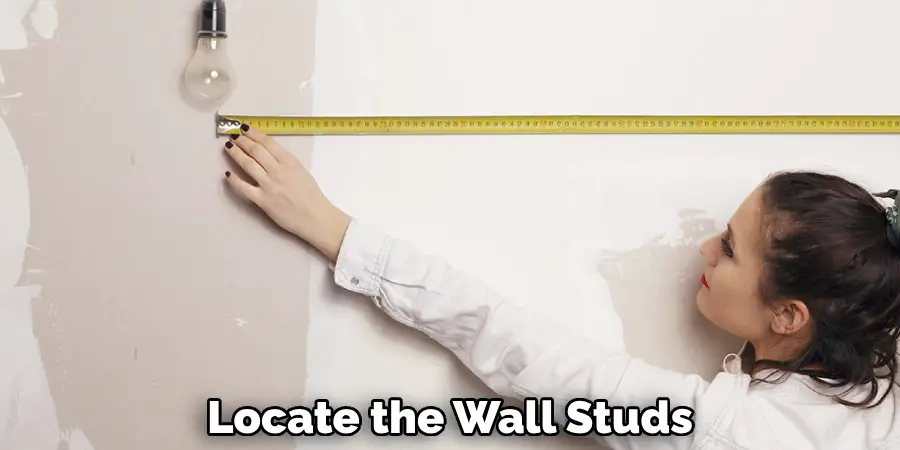
Conclusion
With a few simple steps and materials, you now know how to make a fabulous basement library of your own. Creating this space could be the perfect project for anyone looking to add some coziness and enjoyment to their home. The bookshelves don’t have to be fancy; they just need to provide enough support for the books and items that you will store on them.
Investing in accent lighting is key – that’s what will really bring the library area alive. You can also consider adding other touches such as an ottoman or mini reading nook – go wild with personalizing it according to your tastes and preferences!
Lastly, liven up the atmosphere by placing plants or sculptures around your basement library so you can truly enjoy these moments of peace in style. Now that your basement library is all setup, curl up with a good book and explore a new world! Thanks for reading this article on how to create a small basement library.

